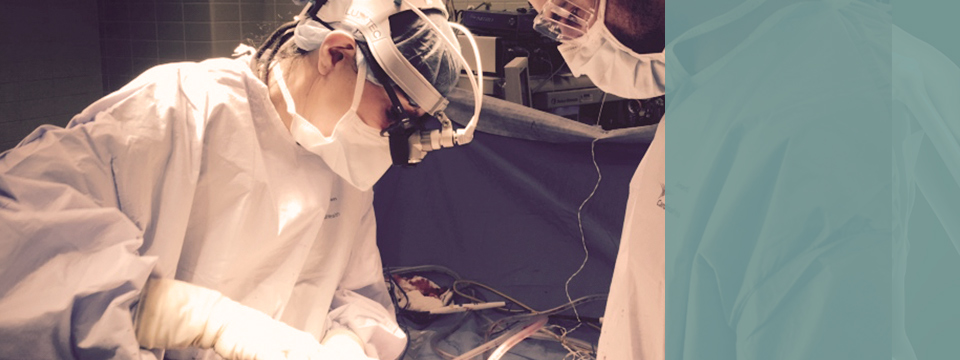Herniated Cervical Disc
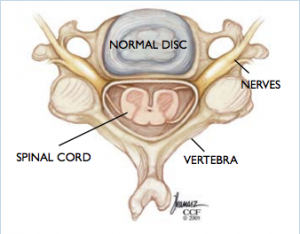
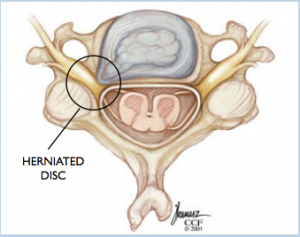
The cervical spine discs are made of a tough outer layer called the “annulus fibrosus” and a gel-like center called the “nucleus pulposus.” As we age, the center of the disc may start to lose water content, making the disc less effective as a cushion. As a disc deteriorates, the outer layer can also tear. This can allow displacement of the disc’s center (called a herniated or ruptured disc) through a crack in the outer layer, into the space occupied by the nerves and spinal cord.
A herniated cervical disc can press on the nerves and cause pain, numbness, tingling, or weakness in the shoulders or arms.
Herniated Lumbar Disc
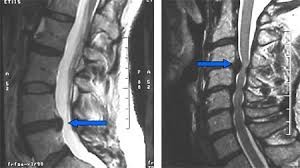
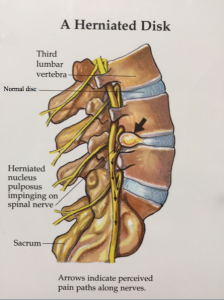 The lumbar spine discs are made of a tough outer layer called the “annulus fibrosus” and a gel-like
The lumbar spine discs are made of a tough outer layer called the “annulus fibrosus” and a gel-like
center called the “nucleus pulposus.” As we age, the center of the disc may start to lose water content, making the disc less effective as a cushion. As a disc deteriorates, the outer layer can also tear. This can allow displacement of the disc’s center (called a herniated or ruptured disc) through a crack in the outer layer, into the space occupied by the nerves and spinal cord.
A herniated lumbar disc can press on the nerves in the spine and may cause the pain, numbness, tingling, or weakness in the leg called “sciatica.”
With sciatica, the person may feel no back pain, but suffer from severe leg pain. A herniated lumbar disc may also cause back pain, although back pain alone (without leg pain) can have many causes other than a herniated disc.
